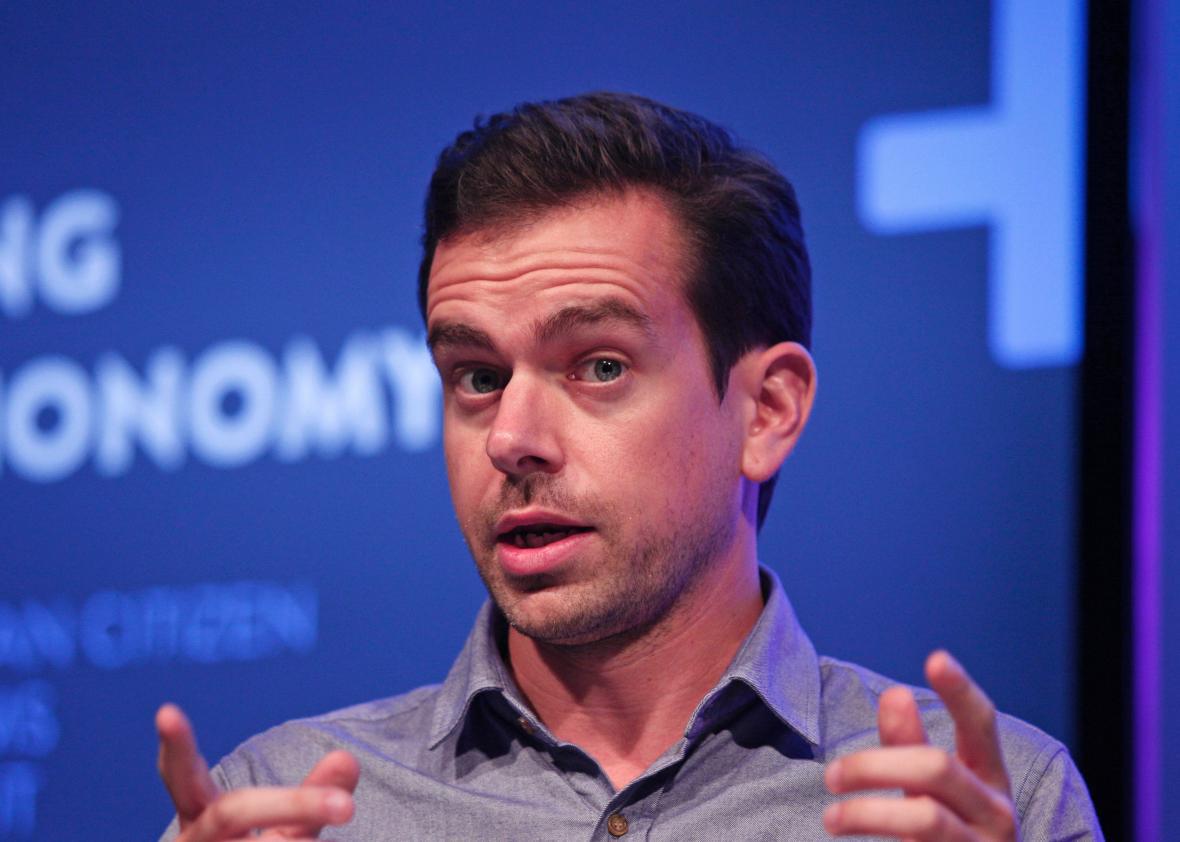Re/Code reported Tuesday that Twitter is working on a new feature that will let people share tweets that are longer than 140 characters. From Re/Code:
It’s unclear what the product will look like, but sources say it would enable Twitter users to publish long-form content to the service. Users can already tweet out blocks of text with products like OneShot, but those are simply images, not actual text published on Twitter.
This sounds like big news, if true, and in a way it is. But prepare yourself: It’s going to get very widely glossed as “Twitter is lifting the 140-character limit,” and I think that is likely to turn out to be misleading. (Oh look, Business Insider already went ahead and glossed it that way.)
What Twitter probably has in mind—and, to be clear, I’m speculating here, although I’d like to think it’s pretty well-informed speculation—is a feature that will allow some users to publish full notes or articles directly on Twitter, rather than simply linking to them. In all likelihood, the text of tweets themselves will remain capped at 140 characters in most cases (albeit with some tweaks, as I’ll explain). As a result, your Twitter feed will continue to look much the same as it does today. The difference will be that, for certain tweets, you’ll have the option to click or tap a button (“Expand,” perhaps) to view the full article or blog post without leaving your Twitter feed.
That’s quite different from simply raising the 140-character limit, as my former colleague Farhad Manjoo once proposed. And the effects will be far less noticeable. If I’m right, this Twitter product will be analogous to Facebook’s Instant Articles, which are published by major third-party news sites but hosted on Facebook, so that you don’t have to leave the social network to read them. The idea is for publications to reach readers directly on the app, rather than forcing them to leave Facebook or Twitter and load a cumbersome website in order to get the full story.
If that’s the case, no one should be particularly surprised by this, let alone scandalized. “Distributed content” is a major trend in publishing, and Apple’s recent embrace of ad-blocking technology is likely to accelerate it. Besides, Twitter already allows tweets to “go beyond” 140 characters in all manner of ways, from photos to article previews to tweets that embed other tweets.
Lest you think I’m just guessing wildly here, the media sages at the Awl have been anticipating something like this for Twitter for years. (And by the way, if you’re interested in the future of online publishing, you should absolutely be reading the Awl’s Matt Buchanan and John Herrman, who have been presciently mapping it for their relatively small but grateful audience.)
In addition to becoming a platform for distributed content, Twitter might also tweak the 140-character convention in smaller ways, Re/Code notes. For instance, it could stop counting URLs and Twitter handles against the cap.
To me, it would make even more sense to stop putting Twitter handles in tweets altogether: You should simply be able to tag people in a tweet the way you do in a Facebook photo.
In any case, this is all likely to generate far more controversy and faux-outrage than it deserves. It’s being framed as an initiative of hard-charging interim CEO Jack Dorsey, and maybe it is. I can see Dorsey’s status as a co-founder giving him a little extra leeway to declare that key early elements of the product have outlived their use. But if the changes are as innocuous as I suspect they’ll be, they’re probably inevitable no matter who takes the helm. Far more fundamental, actually, are the widely rumored changes to the structure of the timeline, part of an initiative that the company has code-named Project Lightning. (That initiative, by the way, began on previous CEO Dick Costolo’s watch.)
In the nine-plus years since its founding, Twitter has honored its core product’s minimalist roots to a fault, endearing it to power users but alienating and confusing the masses. For better or worse, pressure from stockholders who made the mistake of valuing the company as “the next Facebook” is finally forcing it to make some bolder changes. Decry them if you will, but don’t make them out to be more drastic than they are.
Previously in Slate:
